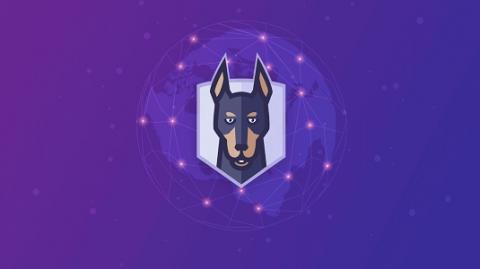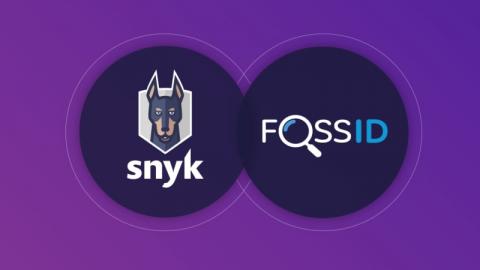Exploring intent-based Android security vulnerabilities on Google Play
Our phones know a lot about us, so it’s important we can trust them. After discovering and then publishing our findings on SourMint — the malicious iOS ad SDK — the Snyk Security Team decided to dig deeper in the Android ecosystem. To do so, we leveraged Snyk Code to analyze and search for vulnerabilities in applications uploaded to the Google Play store.










